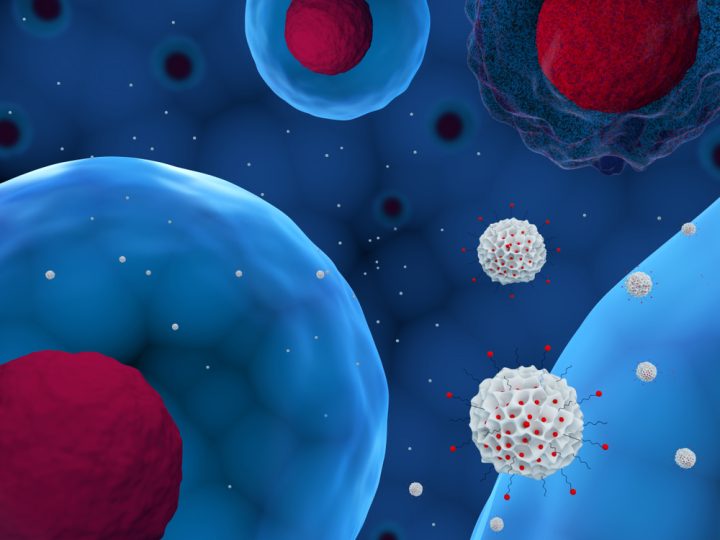Innovations in drug delivery: unveiling the power of nanotechnology
The quest to refine medical treatments has made significant advances with the introduction of nanotechnology in drug delivery systems. These innovations promise to revolutionize how we administer treatments, making them more effective and less invasive. Imagine a treatment for cancer that specifically targets tumor cells without harming the surrounding healthy tissue — this is the kind of potential nanotechnology holds.
Understanding nanotherapeutic delivery systems
Nanotherapeutics use tiny devices to deliver treatments directly to specific areas in the body. They overcome common drug delivery challenges such as poor solubility, quick removal from the body, and accumulation in unintended areas, which are common issues with traditional therapies.
Key mechanisms of drug release
There are two key mechanisms for how these drugs are released:
- Breakable linkers: Special linkers are designed to release drugs at targeted sites. Certain linkers in nanoparticle systems can be engineered to respond to the unique environments within the body — such as variations in pH or the presence of specific enzymes — to trigger drug release.
- Design of the carriers: The structure and materials of the tiny devices (nanocarriers) themselves can control when and where the drugs are released. This tailored release is crucial for ensuring that drugs act only where needed, enhancing treatment effectiveness while minimizing side effects.
The role of nanocarriers
Nanocarriers, such as liposomes (a mimic structure of cell membrane) and polymer, play a pivotal role. They protect drugs during transit through the body and release them at the site of the disease. This targeted approach helps to avoid the side effects associated with traditional drug delivery methods.
Advancements and future prospects
Recent developments have focused on refining these nanosystems for more controlled and site-specific drug delivery. Research continues to explore how these tiny carriers can be further optimized to navigate the complex biological environment efficiently. For instance, I am currently working on enhancing the stability of these nanocarriers to ensure they reach their target without degrading.
With ongoing research and development, nanotechnology is set to offer more refined, efficient, and patient-friendly treatment options across a variety of medical fields.
Reference
- Wong, P. T., & Choi, S. K. (2015). Mechanisms of drug release in nanotherapeutic delivery systems. Chemical reviews, 115(9), 3388-3432.
Xuncheng Shi
The author is a PhD student based in University of Turku, Finland, specializing in drug delivery research.
